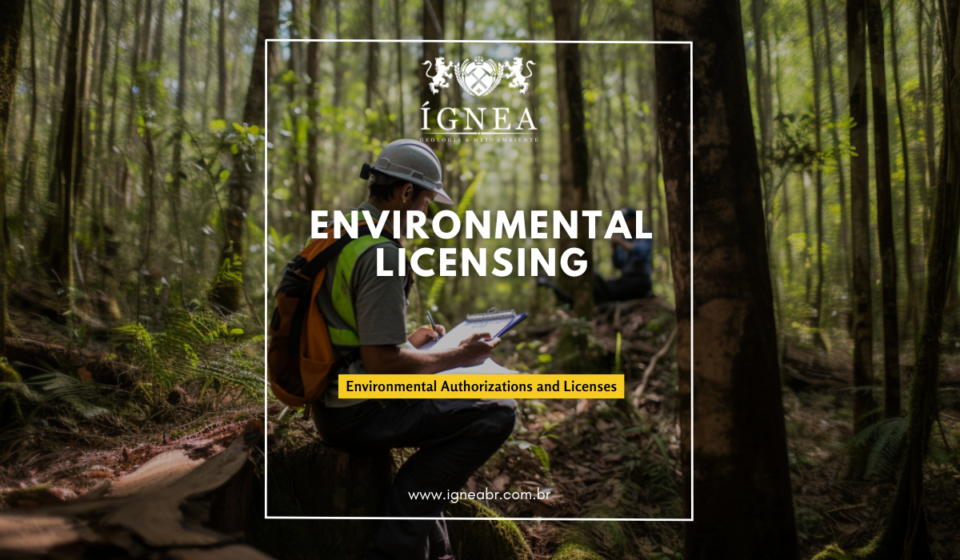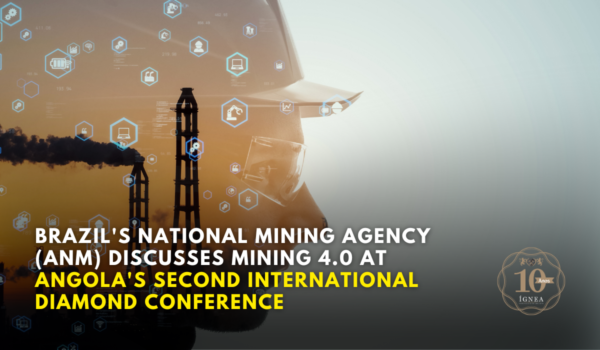Environmental licensing aims to prevent and control pollution and environmental degradation, ensuring the sustainable use of natural resources. It is governed by the National Environmental Policy (Law No. 6.938/81) and regulated by CONAMA Resolution No. 237/97.
Phases of Environmental Licensing
The environmental licensing process is divided into three main phases:
- Preliminary License (LP): This is the phase in which the location and basic design of the enterprise, activity or work are approved. Environmental feasibility is verified and requirements and conditions are established that must be met to advance to the next phase of licensing.
- Installation License (LI): This license authorizes the installation of the activity, enterprise or work according to the information contained in the studies, plans, projects and programs approved by the licensing body. At this stage, the schedule for executing works and implementing mitigating measures proposed by the applicant is also set.
- Operating License (LO): The LO authorizes the operation of the activity after verifying compliance with what is contained in previous licenses. This license must be renewed periodically.
What are the consequences of not obtaining an environmental license?
The consequences of not obtaining an environmental license can be serious and varied. Here are some of them:
- Administrative sanctions: Companies that operate without an Environmental License are subject to administrative sanctions, such as fines and activity interdictions;
- Civil and criminal liability: The company can be held civilly and criminally liable for environmental damages caused;
- Environmental crime: According to Federal Law No. 9.605/98, building, renovating, expanding, installing or operating enterprises without an environmental license constitutes an environmental crime punishable by detention and fines that can reach up to R$ 50 million in criminal proceedings, in addition to stopping or closing the activity through inspection;
- Financing difficulties: Financing bodies and government incentive agencies, such as BNDES, condition project approval on presentation of the Environmental License.
When should I present the Environmental License?
The applicant must present to ANM, within a period of up to 60 (sixty) days from the filing of the License Registration request, the environmental installation or operation license, or prove, by means of a copy of the protocol from the competent environmental body, that they have applied for environmental licensing, any requirement by ANM being waived, under penalty of denial of the License Registration request.
The granting of License Registration will be conditioned on presentation of the environmental license issued by the competent environmental body. Note from ANM.
It is crucial to note that protocols for obtaining an environmental license vary according to region.
Therefore, it is necessary to carefully analyze the specific requirements of municipal and state bodies in the locality where the mining process is located.














